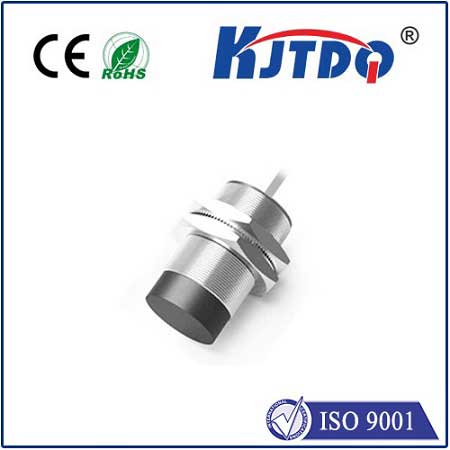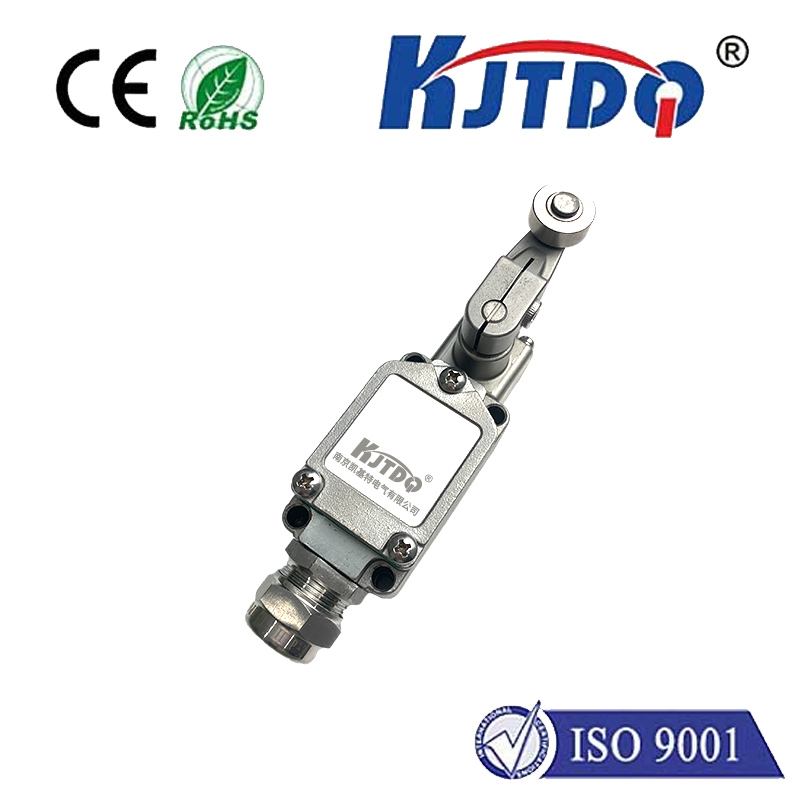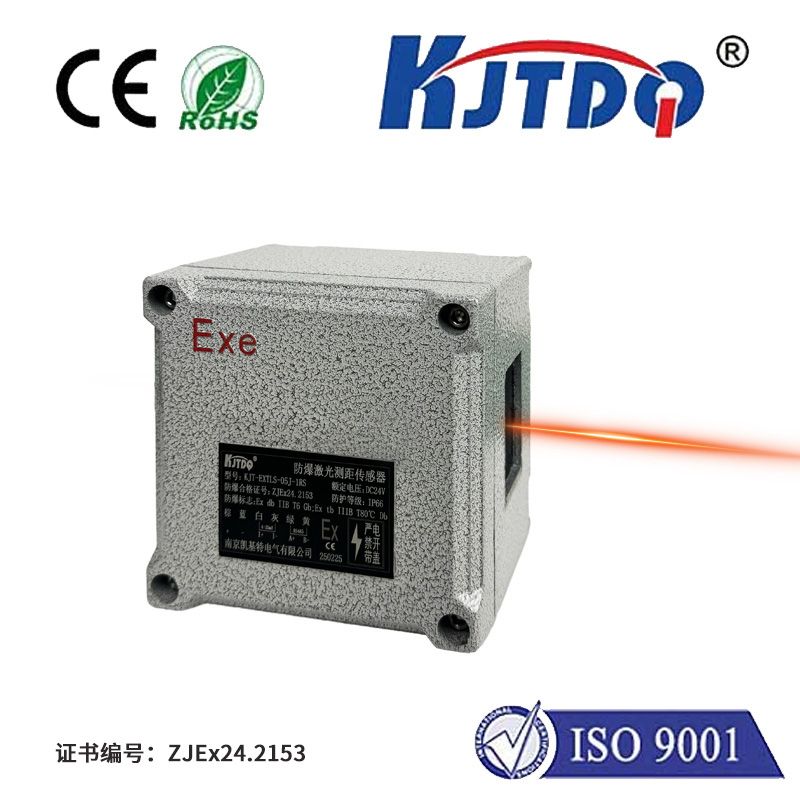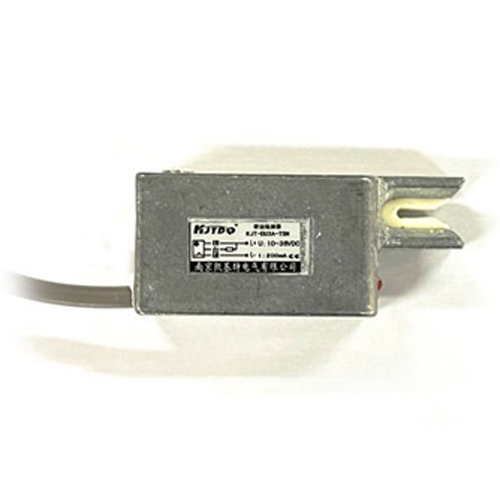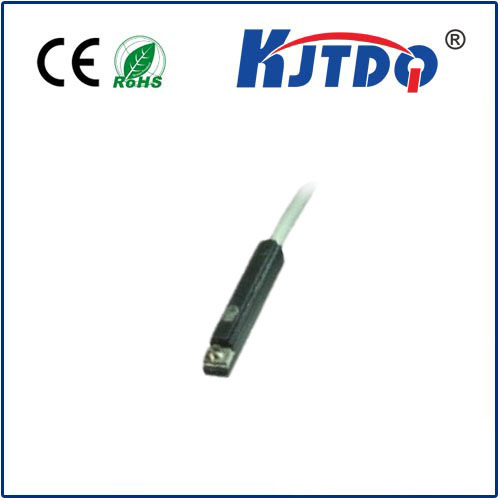

check

check

check

check
EV-118FSO(2074) Proximity Sensor: Enhancing Safety and Efficiency in Modern Applications
In today’s fast-paced industrial and technological landscape, the integration of advanced sensors has become a cornerstone of innovation. Among these, the EV-118FSO(2074) Proximity Sensor stands out as a vital component in various applications, from robotics to automation systems. This sensor is designed to detect objects without physical contact, offering a reliable and efficient solution for a wide range of environments.
The EV-118FSO(2074) Proximity Sensor is engineered to provide precise and real-time detection, making it an ideal choice for applications where accuracy is paramount. It operates on a non-contact principle, utilizing infrared technology to detect the presence or absence of objects in its vicinity. This technology allows the sensor to function effectively in a variety of conditions, including high humidity, dust, and even light interference, ensuring consistent performance in diverse settings.

One of the key advantages of the EV-118FSO(2074) Proximity Sensor is its ability to detect objects at a distance, which makes it particularly useful in applications such as automated machinery, robotics, and autonomous vehicles. Its non-contact nature eliminates the risk of mechanical wear and tear, extending the lifespan of the system and reducing maintenance costs. Additionally, the sensor’s high sensitivity ensures that even small objects are detected with minimal false positives, enhancing the overall reliability of the system.
The EV-118FSO(2074) Proximity Sensor is also compatible with a wide range of control systems, making it a versatile solution for both industrial and consumer applications. Whether it is used in manufacturing lines to detect the presence of materials, in automated warehouses to monitor inventory levels, or in smart home devices to control lighting and temperature, this sensor plays a crucial role in optimizing operations and improving user experience.
In terms of design and installation, the EV-118FSO(2074) Proximity Sensor is compact and easy to integrate into existing systems. Its modular design allows for flexible installation options, making it suitable for both small-scale and large-scale operations. The sensor is also compatible with a variety of communication protocols, ensuring seamless integration with existing infrastructure and enabling easy data transmission.
As industries continue to evolve and adopt more advanced technologies, the EV-118FSO(2074) Proximity Sensor remains a critical component in the pursuit of efficiency and safety. With its robust performance, adaptability, and reliability, it is well-positioned to meet the growing demands of modern automation and industrial systems.
In conclusion, the EV-118FSO(2074) Proximity Sensor is not just a technological advancement—it is a transformative tool that enhances the performance and safety of various systems. Its integration into automation, robotics, and industrial processes represents a significant step forward in the quest for smarter, more efficient technologies.


